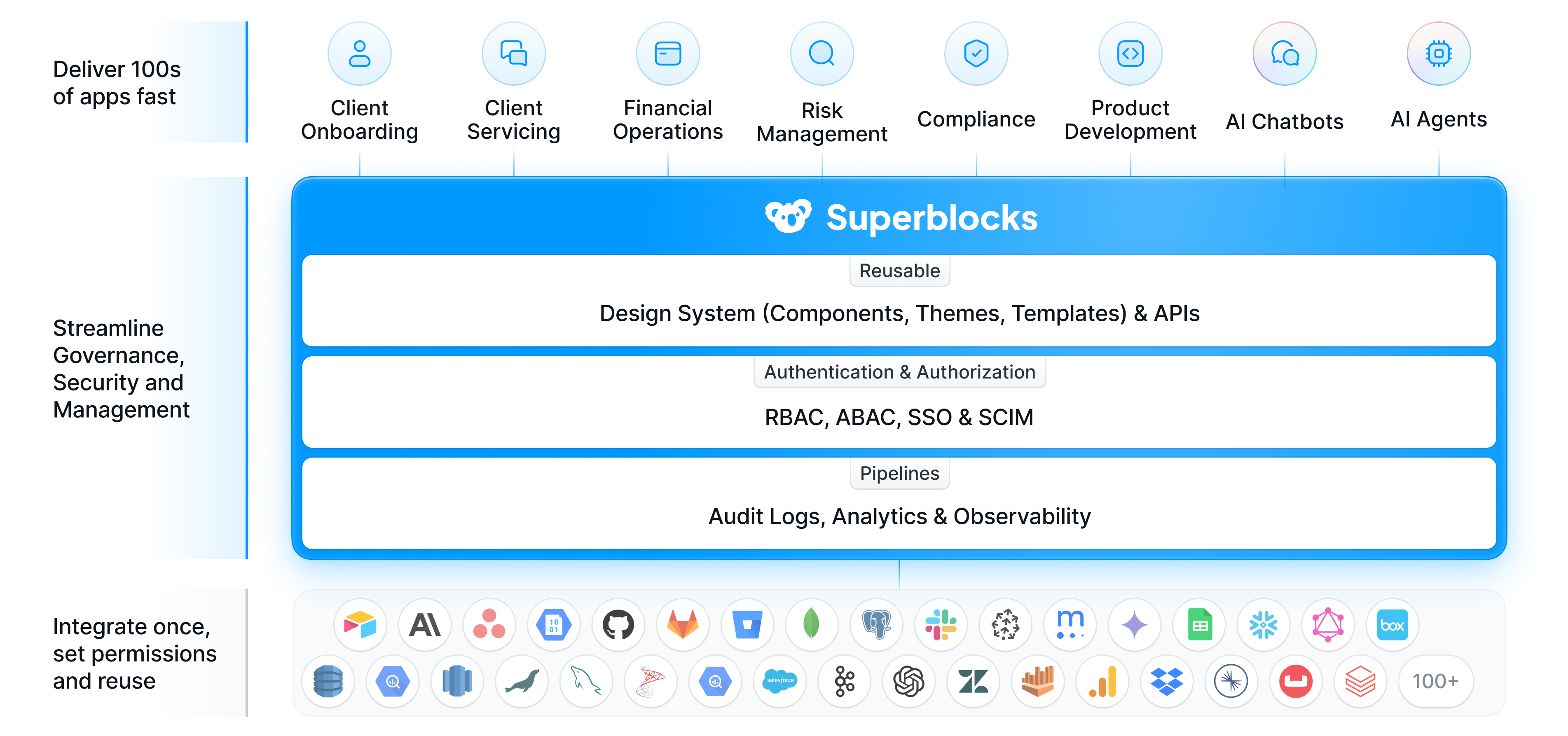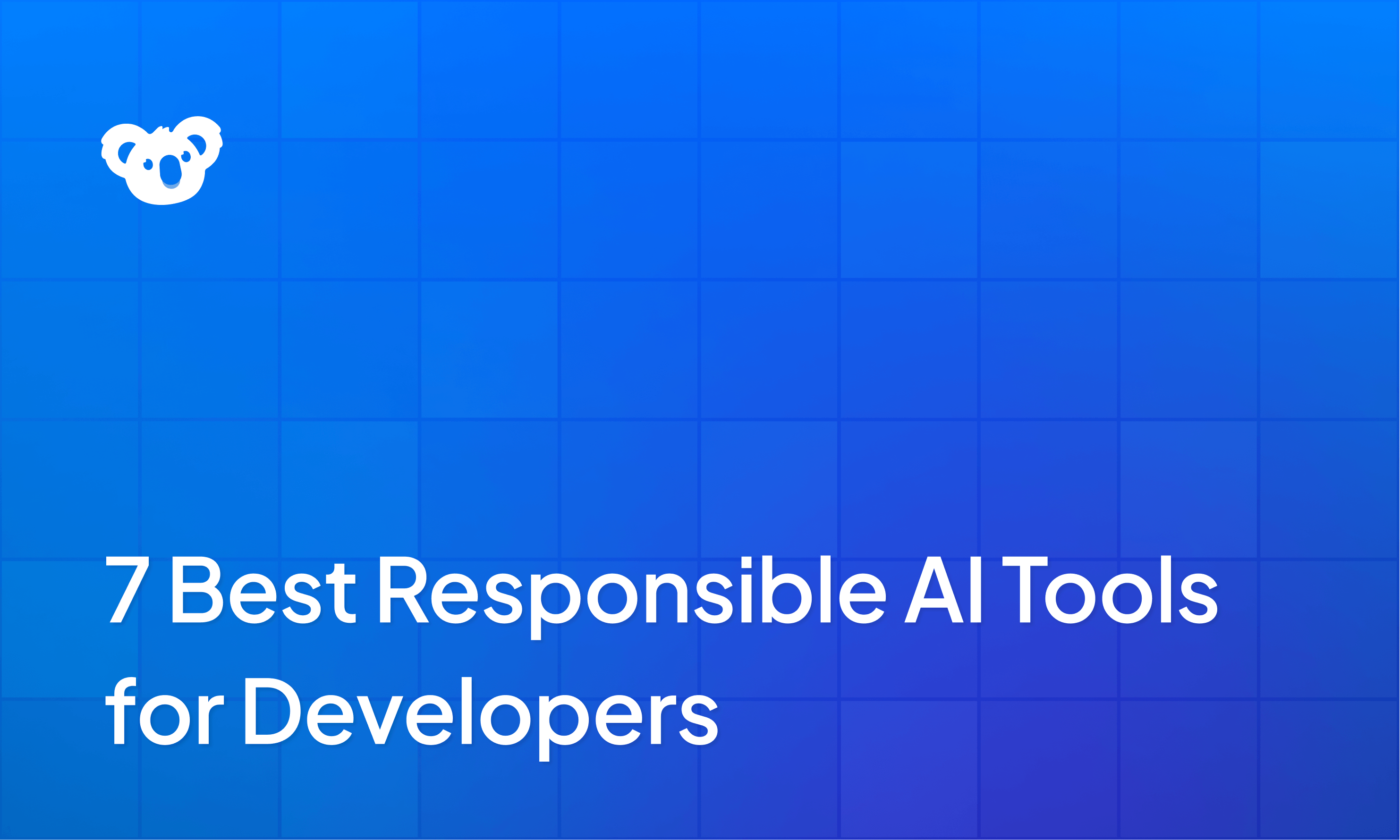


CIOs and CTOs have long struggled with the sprawl of shadow IT, defined as the use of tools and technologies without IT oversight. Today, this challenge has evolved into a new and more complex threat: shadow AI.
Unlike shadow IT, shadow AI introduces unpredictable models or reasoning, easy-to-use consumer coding tools, and a new generation of builders with little or no technical expertise. As these tools become more accessible, non-technical employees are increasingly using them to build apps, run analyses, and automate tasks without IT’s knowledge, creating a growing challenge for CIOs at large enterprises.
A CIO of a Fortune 500 company recently told us:
"The genie is out of the bottle. I can’t put it back in. People are using OpenAI, Replit, and other consumer tools to build on top of enterprise systems they don’t even understand. It’s a security nightmare waiting to happen."
Below is a closer look into shadow AI, why it matters, and how CIOs can manage it effectively at scale.
What is shadow AI?
Shadow AI refers to the ungoverned use of AI tools, platforms, and agents, often driven by employees seeking workarounds to meet their day-to-day needs.
It introduces autonomous systems and non-deterministic reasoning that can result in decisions based on incomplete or biased data. Adding to the challenge, the rapidly evolving landscape of AI models and large language models (LLMs) makes securing these systems and maintaining compliance increasingly difficult.
Key characteristics:
- Adopted in non- or semi-technical departments such as legal, finance, and operations
- Commonly involves consumer vibe coding tools like Replit, Lovable, or Bolt
- Built on enterprise systems without awareness or context of data schemas, permissions, and compliance requirements
- Generates unpredictable outcomes and difficult-to-maintain code
Why is shadow AI a critical risk?
1. Data exposure and compliance violations
Consumer vibe coding tools (e.g. Lovable, Bolt, Replit) are rarely integrated with your identity, governance, or compliance systems. This creates opportunities for employees to unintentionally expose sensitive data or breach regulations such as GDPR, HIPAA, or SOC 2.
Stated in a recent article by Wiz, "vibe coding platforms create new attack surfaces that traditional security frameworks may not adequately address. As they continue to evolve and gain enterprise adoption, the security community, vendors, and organizations must work together to build robust security foundations."
2. Uncontrolled sprawl and duplication
Much like shadow IT, shadow AI results in scattered solutions developed with no shared standards or governance. At companies like Cvent, this lack of coordination quickly becomes unsustainable.
{{ quote-1 }}
3. Operational breakdowns
From AI-generated scripts deleting production data during code freezes, as seen with Replit, to tools exposing critical systems to vulnerabilities, as seen with Base44, real incidents have shown how shadow AI can disrupt essential operations.
4. Inaccurate or misleading outputs
When used in high-stakes areas like healthcare, finance, or legal, AI-generated outputs that are hallucinated, biased, or misleading can lead to serious legal, ethical, and reputational issues. In fact, a recent benchmark found that 62% of AI-generated solutions are either incorrect or contain a security vulnerability.
Reining in shadow AI with centralized governance and control
While locking everything down may be a CIO’s first instinct, outright bans will only push unsanctioned AI use further underground. Instead, forward-thinking leaders need to turn to centralized governance models to enable secure and responsible use of vibe coding tools.
1. Recognize the reality
The first step is recognizing that shadow AI is already happening across your organization. Focus on guiding its use rather than resisting it.
According to Gartner, 41% of employees in 2022 installed and used applications that were beyond the visibility of their IT departments. This figure is forecasted to rise to 75% by 2027.
2. Centralize before you democratize
Before scaling AI use across the company, ensure that the basics are in place:
- Integrate AI tools with your IdP (e.g. Okta, Entra)
- Restrict access to sensitive data through secure APIs and RBAC
- Apply AI guardrails to ensure generated code aligns with security, compliance, and design standards
3. Define and enforce clear policies
Set clear guidelines by outlining:
- Which AI tools are approved
- How data can be accessed and used
- What kinds of projects require review or sign-off
Establishing an AI Center of Excellence (CoE) can help manage these policies and promote best practices.
4. Monitor and audit
Use observability tools and analytics to monitor AI or LLM usage, track outcomes, and audit systems regularly. Establish metrics for evaluating or measuring AI outputs.
How Superblocks helps CIOs contain shadow AI with Enterprise Vibe Coding
{{ quote-2 }}
Superblocks provides a centrally governed AI platform for internal enterprise application development. The architecture is designed to control shadow AI by:
- Integrating securely with existing data sources, business systems, and APIs
- Enforcing enterprise-grade security, access controls (e.g. RBAC, SSO), and audit logging
- Giving IT and engineering visibility and control while enabling business and operations users to build efficiently
- Generating clean, maintainable React code under that hood that’s fully extensible within any IDE (e.g. Windsurf, Cursor, VSCode)
- Natively integrating with your audit logging and observability vendors so all actions are auditable and debuggable within your standard SDLC
- Automatically adhering to your design system and brand

Hundreds of CIOs are choosing Superblocks to migrate shadow apps into a controlled, versioned, and governed environment, reducing risk and increasing productivity at scale. Book a demo to learn more and speak with a product expert.
Stay tuned for updates
Get the latest Superblocks news and internal tooling market insights.
You've successfully signed up
Request early access
Step 1 of 2
Request early access
Step 2 of 2
You’ve been added to the waitlist!
Book a demo to skip the waitlist
Thank you for your interest!
A member of our team will be in touch soon to schedule a demo.
“We moved away from individual scripts and solutions by leveraging Superblocks across the board, taking advantage of its AI capabilities. We needed a central platform, otherwise each team does their own versions of things.”

“Superblocks eliminated sprawl from spreadsheets, scripts and legacy tools. Our engineers delivered robust FinOps applications, while standardizing governance and PII security.”

Table of Contents





.png)


.png)

.png)
.png)

